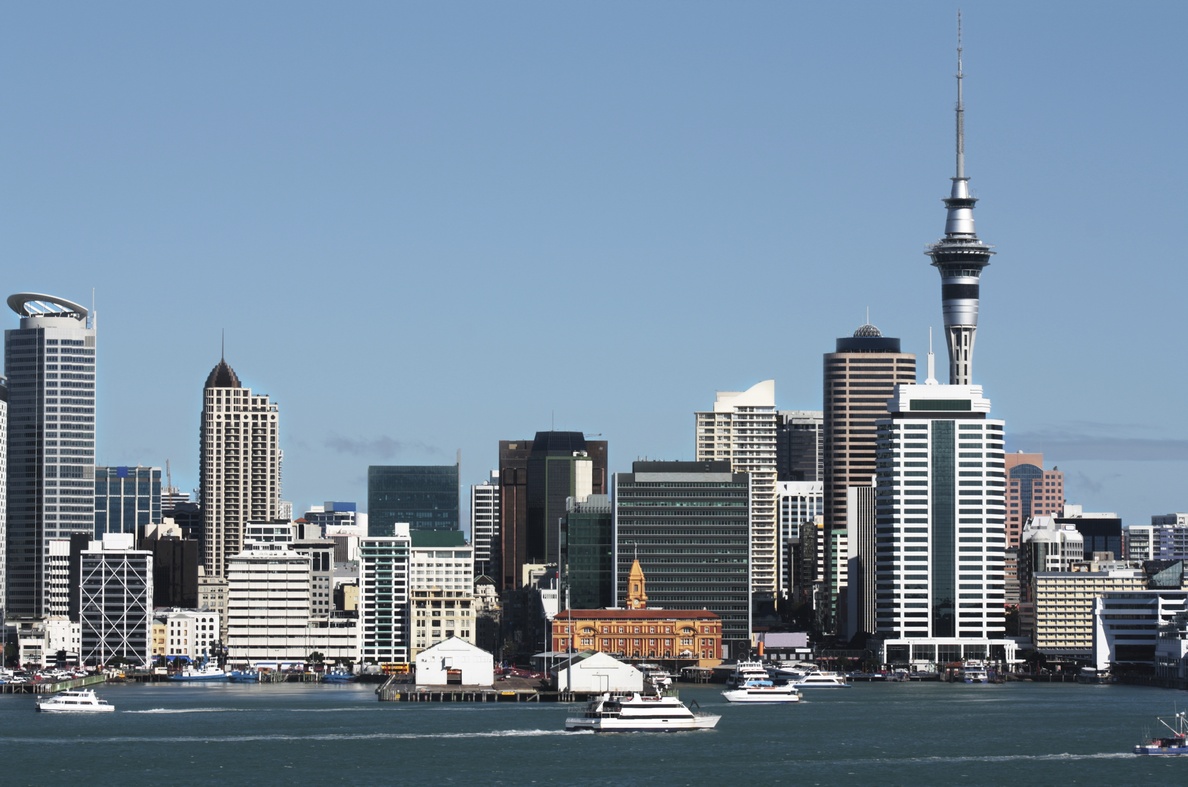The gravity of Auckland's density
Author:
Auckland Council Chief Economist, Shyamal Maharaj, Shane MartinSource:
Auckland Council Chief EconomistPublication date:
2021Topics:
EnvironmentExtract:
- Auckland house prices are up 24% year-on-year despite the pandemic. Dwellings consented in Auckland have increased 14%, with the growth concentrated in multi-units (apartments and townhouses) in existing urban (brownfield) areas.
- The Auckland Unitary Plan allows for denser development in many brownfield places, but just because dense development is allowed does not necessarily mean that it’s been taken up.
- Take-up of enabled density in the region’s most densely zoned areas is mixed.
- Land values, and thus feasibility of more dense development, play a big role in whether an area redevelops, but it is only part of the equation.
- Other factors such as government led redevelopment can also stimulate regeneration.
- More than four years into the new planning regime, business transformation in the most densely zoned areas is still modest. A likely reason for this is that these areas are still relatively early on in their transformation despite the work done already.
Auckland’s Unitary Plan (AUP) and Auckland Plan 2050 acknowledge that Auckland cannot continue the unchecked sprawl of the past. We must look to better use existing urban areas (and all the associated existing infrastructure and amenities) before more sprawl.
April 2021
